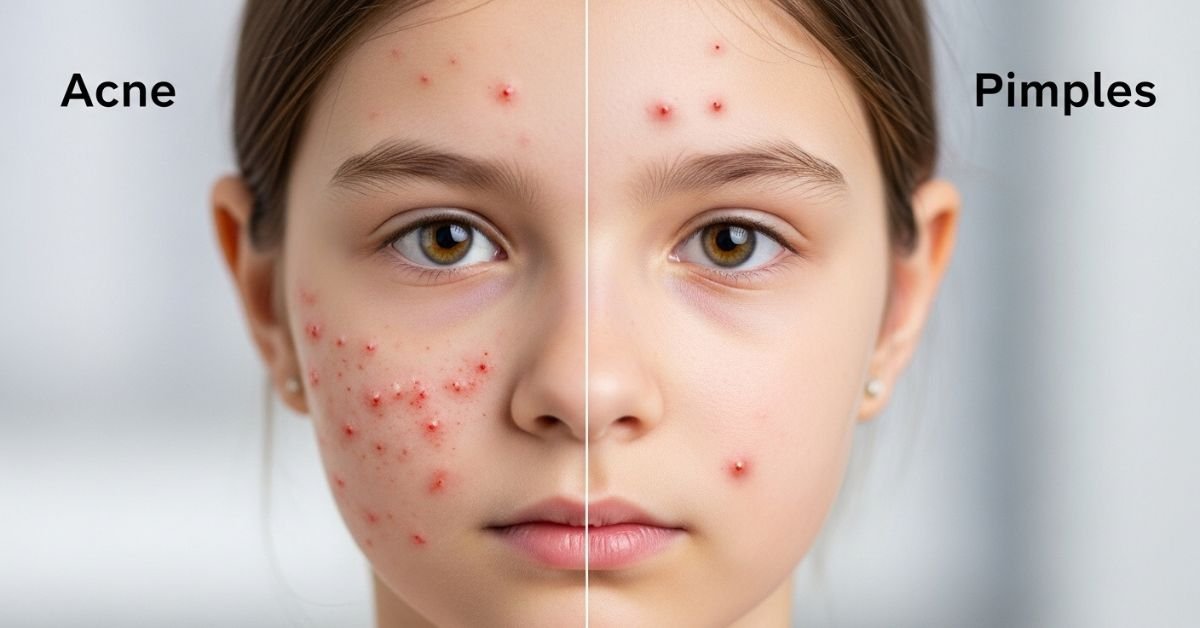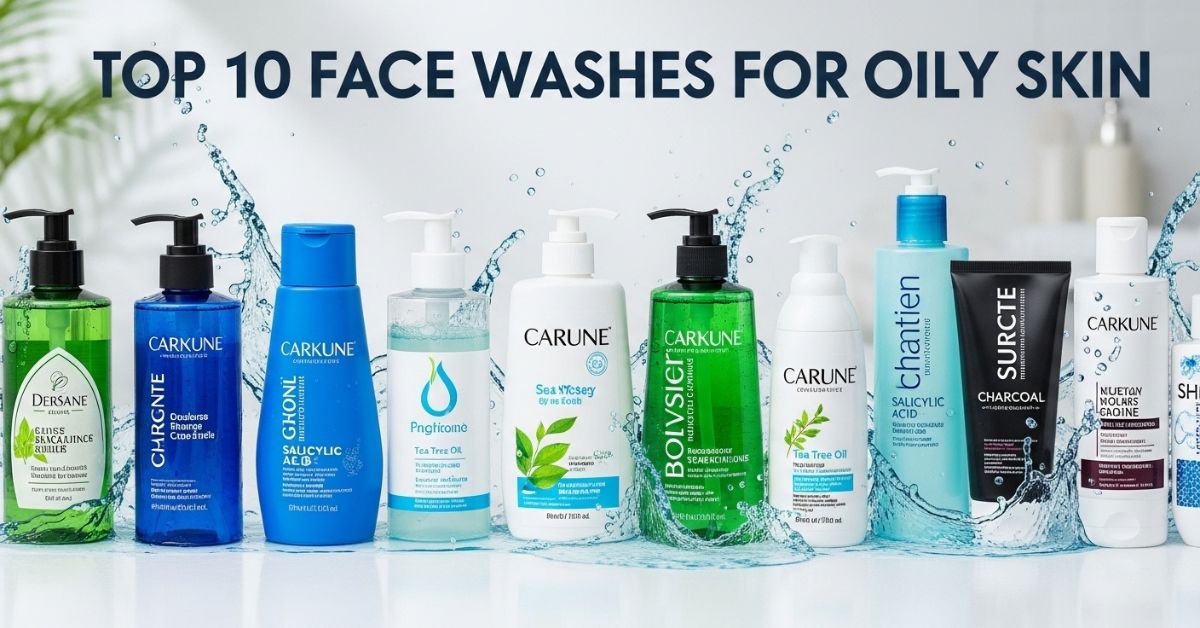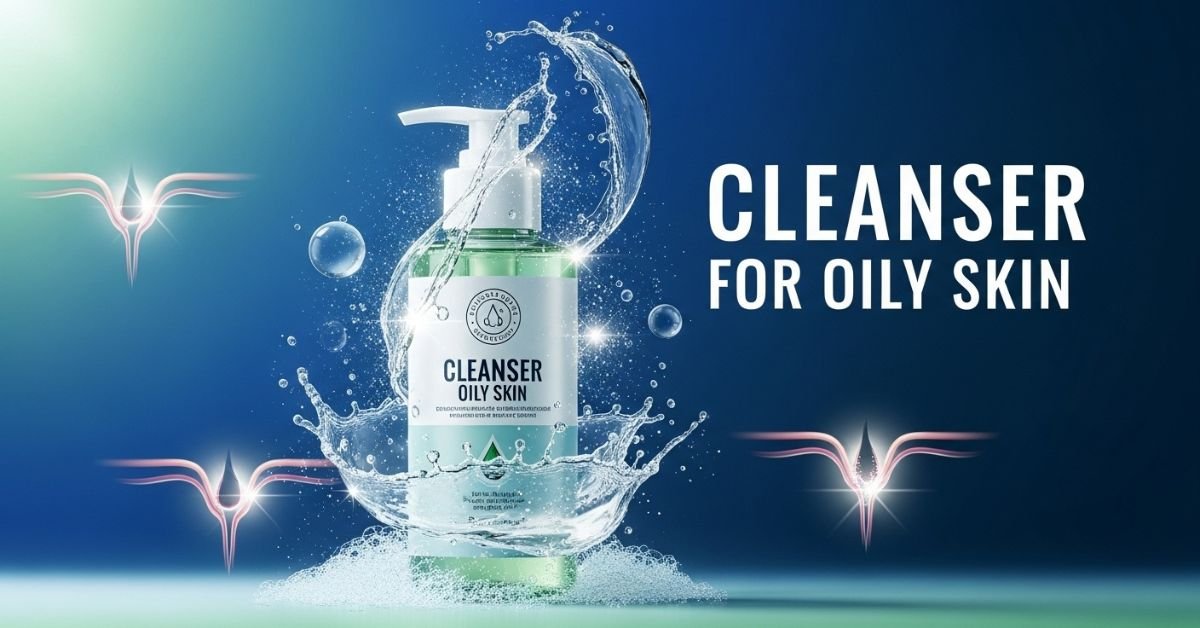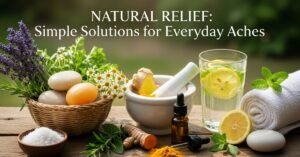Acne vs Pimples: Understanding Their Differences and How to Treat Them
Contents
Introduction to Acne and Pimples
Acne and pimples often go hand in hand, but they aren’t the same.You’re not alone if you’ve ever felt annoyed by those bothersome breakouts when you gazed in the mirror. Many people grapple with skin issues at some point in their lives. Understanding the differences between acne and pimples is crucial for effective treatment.
You might wonder why your skin acts up when it seems like everyone else has a flawless complexion. Let’s dive into what causes these skin troubles, how to identify them, and discover ways to treat and prevent them effectively. Whether you’re battling stubborn acne or just trying to keep those occasional pimples at bay, this guide will help you achieve clearer skin!
What Causes Acne and Pimples?
Acne and pimples often arise from a mix of factors. Hormones play a significant role, especially during puberty or menstrual cycles. Fluctuating hormone levels can cause increased oil production in the skin.
Excess sebum can plug pores, giving germs the perfect environment to grow thrive. When these bacteria multiply, inflammation occurs, leading to those pesky red bumps we know as pimples.
Diet may also contribute. Foods high in sugars and dairy have been linked to breakouts for some individuals. Stress is another factor; it can trigger hormonal changes that exacerbate skin issues.
Environmental elements like pollution and humidity impact skin health too. They can lead to clogged pores if not properly managed with regular cleansing routines. Understanding these causes helps in formulating effective skincare strategies tailored to individual needs.
The Difference Between Acne and Pimples
Acne and pimples are often mistakenly used interchangeably, but they represent different conditions. Acne is a chronic skin disorder that involves various forms of breakouts. It can manifest as blackheads, whiteheads, cysts, or nodules.
Pimples are just one type of acne lesion. They occur when hair follicles become clogged with oil and dead skin cells, leading to inflammation. While all pimples fall under the umbrella of acne, not all acne consists solely of pimples.
Understanding this distinction is crucial for effective treatment. Treating acne means addressing the broader issue—balancing oil production and unclogging pores—while pimple care may focus on specific outbreaks or individual lesions. Recognizing these differences can lead to more targeted skincare strategies tailored to your needs.
Identifying Types of Acne and Pimples
Acne and pimples can manifest in various forms, each with distinct characteristics. Effective treatment requires an understanding of these distinctions.
Comedonal acne appears as small bumps on the skin. They’re often referred to as blackheads or whiteheads. Blackheads are open at the surface, while whiteheads remain closed.
Inflammatory acne includes papules and pustules. Papules are red, raised lesions without pus, whereas pustules are similar but contain yellowish fluid.
Cystic acne is more severe and painful. It forms deep under the skin and can lead to scarring if not treated properly.
Nodular acne also presents as large lumps beneath the surface but differs from cysts by being firm rather than soft.
Recognizing these types helps tailor your skincare routine for clearer results. For the best healing, each kind needs a different approach to treatment.
Treatment Options for Acne and Pimples
When it comes to treating acne and pimples, there are various options available that cater to different skin types. Products sold over-the-counter frequently contain benzoyl peroxide or salicylic acid. These ingredients help unclog pores and reduce inflammation.
For those with persistent issues, prescription medications like topical retinoids can be effective. They promote cell turnover, preventing new breakouts from forming.
Oral antibiotics may also be prescribed for more severe cases. They target bacteria that contribute to acne flare-ups.
In addition to these conventional treatments, dermatological procedures such as chemical peels or laser therapy can provide significant relief by targeting deeper layers of the skin.
It’s crucial to consult a dermatologist before starting any treatment plan. Each person’s skin is unique; what works for one individual might not work for another, so customizing your approach is essential in the journey toward clearer skin.
Natural Remedies for Treating Acne and Pimples
Natural remedies can provide gentle alternatives for treating acne and pimples. One popular option is tea tree oil, known for its antibacterial properties. Diluting it with a carrier oil and applying it directly to blemishes may help reduce inflammation.
Aloe vera is another effective choice. Its calming gel can aid in skin hydration and healing. Just rub the afflicted regions with fresh aloe vera from the plant.
Honey also works wonders thanks to its natural anti-inflammatory qualities. A thin layer on problem spots can harness its healing powers overnight.
Green tea has antioxidant benefits that may improve skin health when applied topically or consumed as a beverage.
Incorporating dietary changes like increasing omega-3 fatty acids found in fish could support overall skin clarity over time. Embrace these holistic approaches alongside your skincare routine for potential relief from breakouts.
Prevention Tips for Clearer Skin
Achieving clearer skin is often about prevention as much as treatment. Start with a regular skincare regimen that is appropriate for your skin type. Cleanse twice daily to remove dirt and excess oil.
Drink lots of water throughout the day to stay hydrated. Hydration lowers the likelihood of acne flare-ups by preserving the equilibrium of your skin.
Avoid touching your face; this transfers bacteria and oils from your hands, which can lead to breakouts. Instead, use clean tools for makeup application.
Incorporate a healthy diet rich in fruits and vegetables. Foods high in antioxidants support skin health while limiting sugar intake can minimize inflammation.
Don’t forget sunscreen! Protecting your skin from UV rays prevents damage that could worsen existing issues or create new ones. Simple changes can make a significant difference over time in achieving that radiant complexion you desire.
Conclusion
Understanding the differences between acne and pimples is essential for effective treatment. Acne encompasses a range of skin issues, while pimples are just one visible manifestation of this condition. Recognizing what causes these breakouts can help in selecting appropriate treatments.
By identifying your specific type of acne or pimple, you can tailor your approach to managing them more efficiently. There are numerous options available, from over-the-counter products to professional treatments that cater to various needs.
Natural remedies also offer an alternative path for those seeking gentler solutions with fewer side effects. Incorporating preventive measures into your routine can significantly improve the health and appearance of your skin.
With consistent care and attention to both treatment and prevention strategies, achieving clearer skin is entirely possible. Embracing this journey toward healthier skin will empower you along the way.














Post Comment